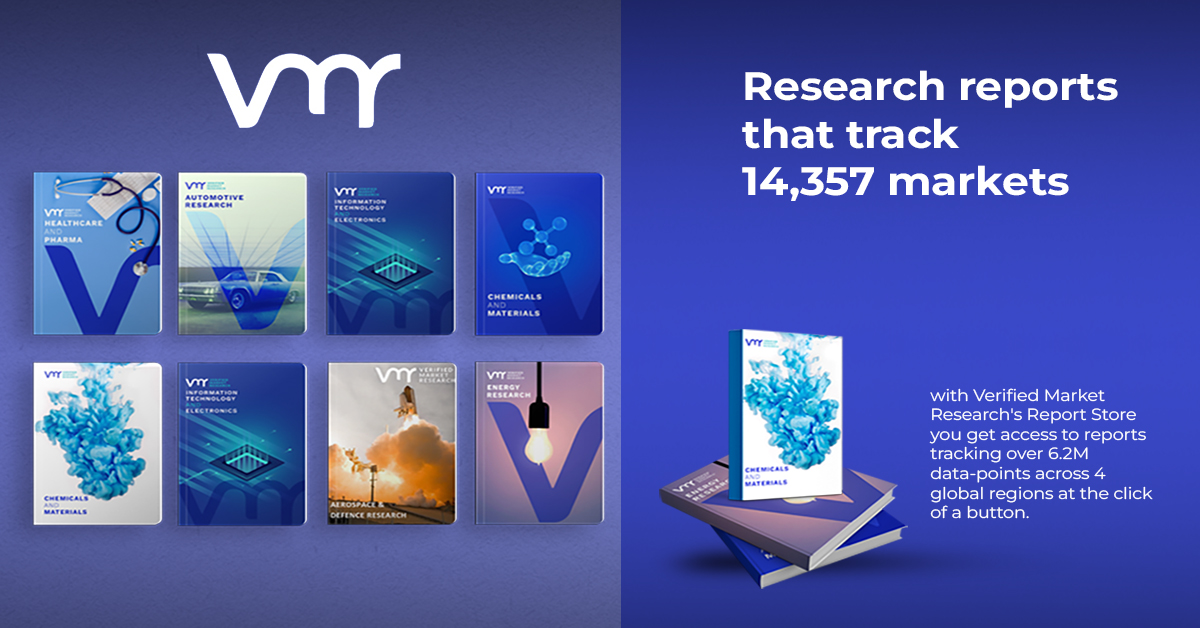Navigating the Evolving Landscape of the Metalworking Fluids Market: Key Developments and Trends
The metalworking fluids (MWFs) market is witnessing significant transformations, driven by technological advancements, environmental regulations, and shifting consumer demands. This article delves into the latest developments shaping the MWFs landscape, providing insights that are critical for industry stakeholders, manufacturers, and users alike.
The State of the Metalworking Fluids Market
Metalworking fluids are essential in various manufacturing processes, including cutting, grinding, and machining. These fluids serve multiple purposes, such as cooling, lubrication, and removing chips from the workpiece. As of 2023, the global metalworking fluids market is valued at approximately $11 billion, with projections indicating a steady growth rate of around 4.5% CAGR through the next five years.
Major Market Drivers
- Technological Advancements: Innovations in formulations and application techniques are enhancing the performance and efficiency of MWFs. For instance, the introduction of bio-based fluids and advanced synthetic options is catering to a growing preference for sustainable solutions.
- Increasing Automotive Production: The automotive sector, one of the largest consumers of MWFs, is experiencing a resurgence in production, particularly with the rise of electric vehicles (EVs). This shift necessitates specialized cooling and lubrication solutions, driving demand for advanced MWFs.
- Regulatory Pressures: Stringent environmental regulations regarding hazardous substances are pushing manufacturers to adopt safer and more sustainable fluid options. This has accelerated the transition to eco-friendly formulations, including biodegradable and non-toxic MWFs.
Key Developments and Innovations
1. Rise of Bio-based Metalworking Fluids
With an increasing focus on sustainability, bio-based metalworking fluids have gained traction. These fluids, derived from renewable resources, not only meet environmental standards but also offer superior lubrication properties. For example, companies like Castrol have introduced bio-sourced cutting fluids that reduce environmental impact without compromising performance.
2. Synthetic Fluids Gaining Popularity
Synthetic metalworking fluids are becoming more popular due to their superior performance characteristics compared to traditional mineral oils. They provide better cooling, reduced friction, and longer tool life. Recent innovations in synthetic formulations, such as the introduction of polyalphaolefin (PAO) bases, are proving to be effective alternatives that enhance productivity while minimizing environmental footprint.
3. Focus on Health and Safety
The health risks associated with traditional MWFs have led to increased scrutiny and demand for safer alternatives. Companies are investing in R&D to develop formulations that minimize skin irritation and respiratory issues. For instance, products free from nitrites and phosphates are being marketed as safer options for workers, addressing both regulatory compliance and health concerns.
Regional Insights
North America
The North American MWF market is poised for growth, driven by advancements in automotive manufacturing and aerospace industries. The U.S. has seen a surge in demand for eco-friendly fluids, leading to significant investments in R&D by key players.
Europe
Europe is leading the charge in regulatory initiatives aimed at reducing hazardous substances in manufacturing. The REACH (Registration, Evaluation, Authorisation and Restriction of Chemicals) regulation has spurred the development of greener MWF options, compelling manufacturers to innovate continuously.
Asia-Pacific
The Asia-Pacific region is witnessing rapid industrialization, particularly in countries like China and India. The burgeoning automotive and machinery sectors are significant contributors to MWF demand, with local manufacturers increasingly adopting advanced fluid technologies.
Challenges Facing the Metalworking Fluids Market
Despite the positive outlook, the MWF market faces several challenges:
- Environmental Concerns: While there is a shift towards sustainable products, the disposal of used MWFs poses significant environmental risks. The industry must develop effective recycling and disposal methods to mitigate these impacts.
- Market Competition: The MWF market is highly competitive, with numerous players vying for market share. Companies must continuously innovate and differentiate their products to remain relevant.
- Cost of Raw Materials: Fluctuating prices of raw materials, particularly petroleum-based products, can impact production costs and pricing strategies for MWF manufacturers.
The Future of Metalworking Fluids
Innovations on the Horizon
- Smart Fluids: The development of “smart” metalworking fluids that can adapt their properties based on operational conditions is gaining interest. These fluids could enhance performance dynamically, optimizing machining operations in real-time.
- Nanotechnology: The incorporation of nanoparticles into MWF formulations is an emerging trend. Nanoparticles can improve lubrication and cooling properties, potentially leading to longer tool life and enhanced surface finishes.
- Digitalization and IoT Integration: The integration of IoT in monitoring MWF conditions and performance is becoming a game-changer. Real-time data analytics can help manufacturers optimize fluid usage, reduce waste, and enhance operational efficiency.










